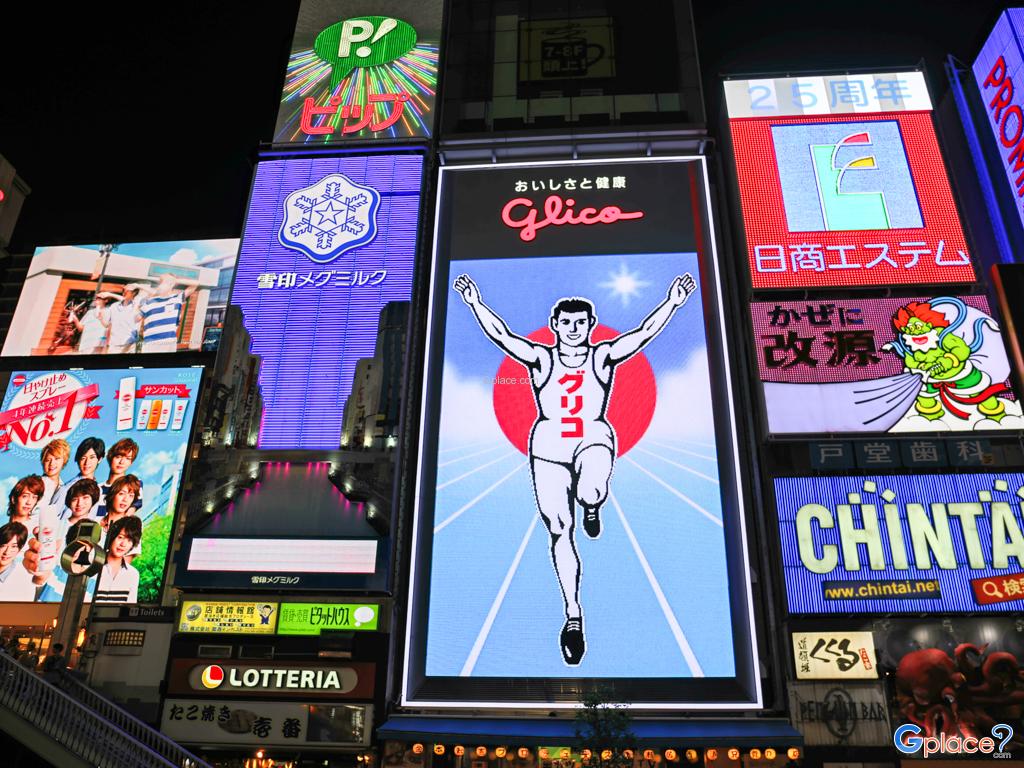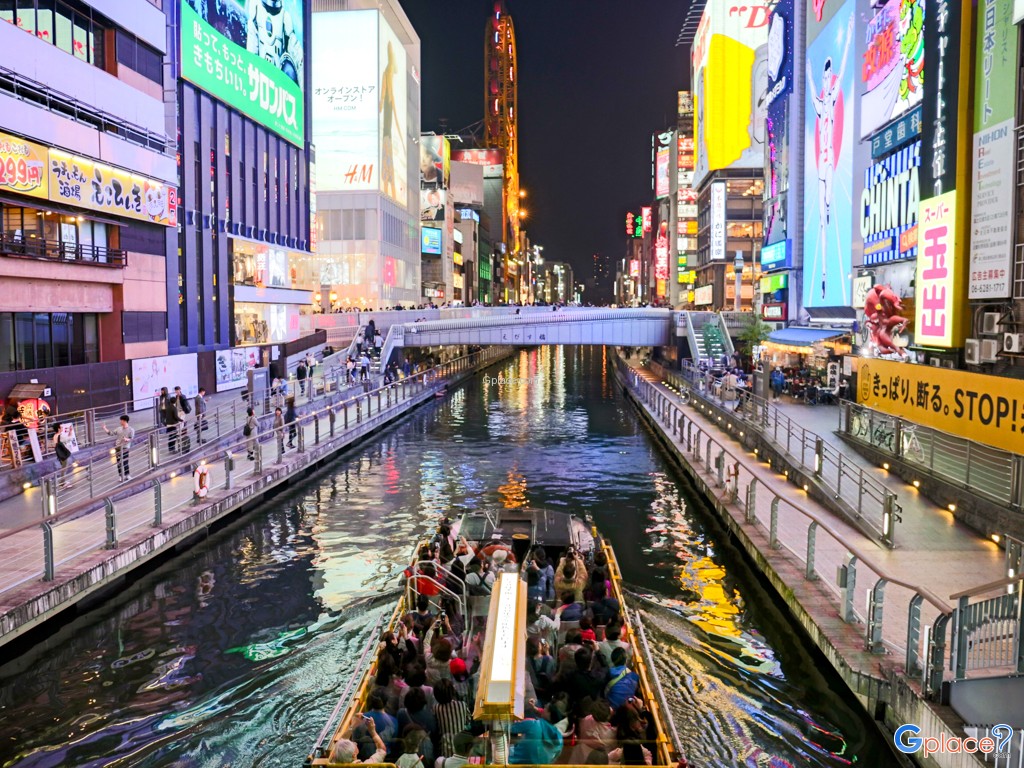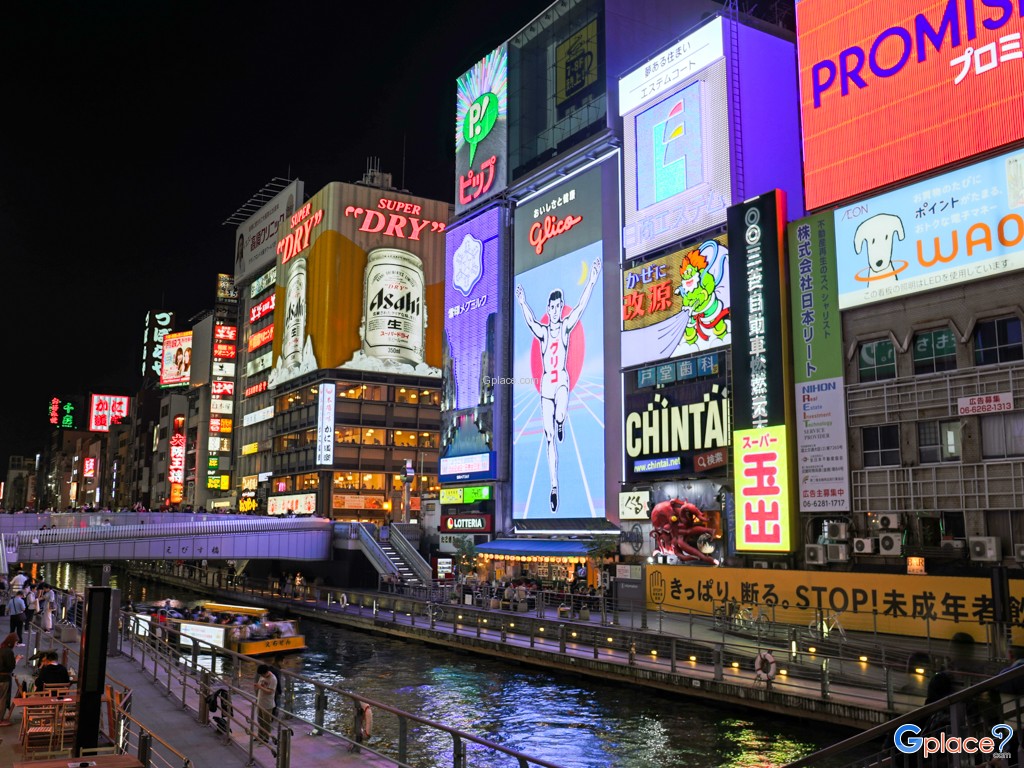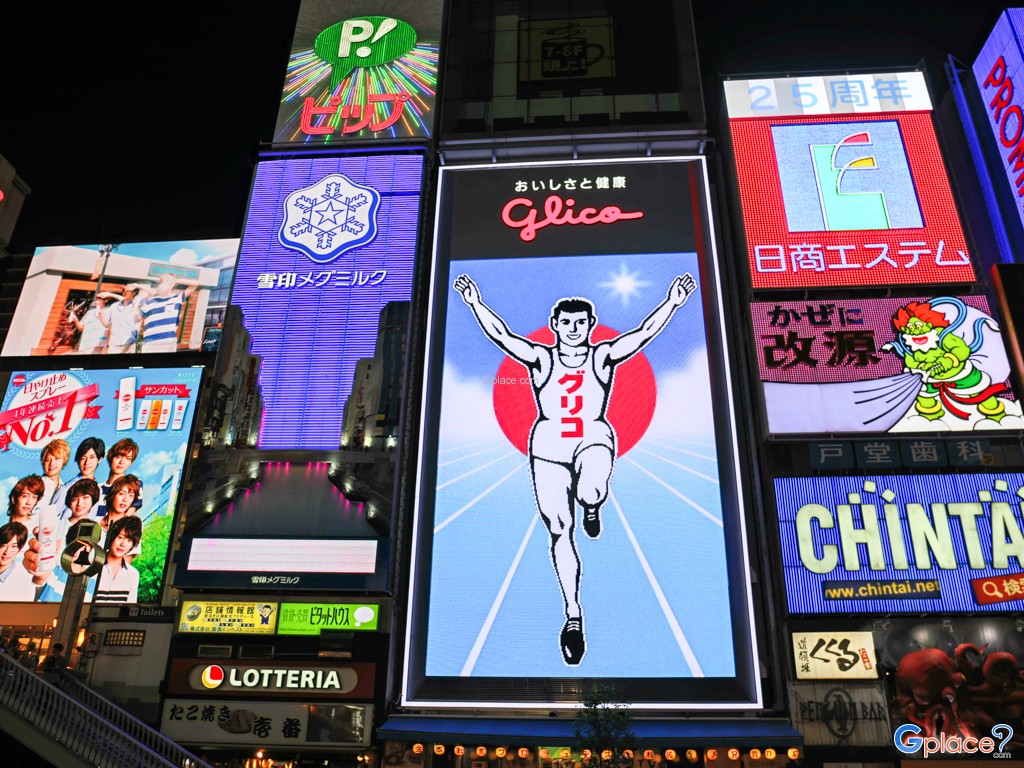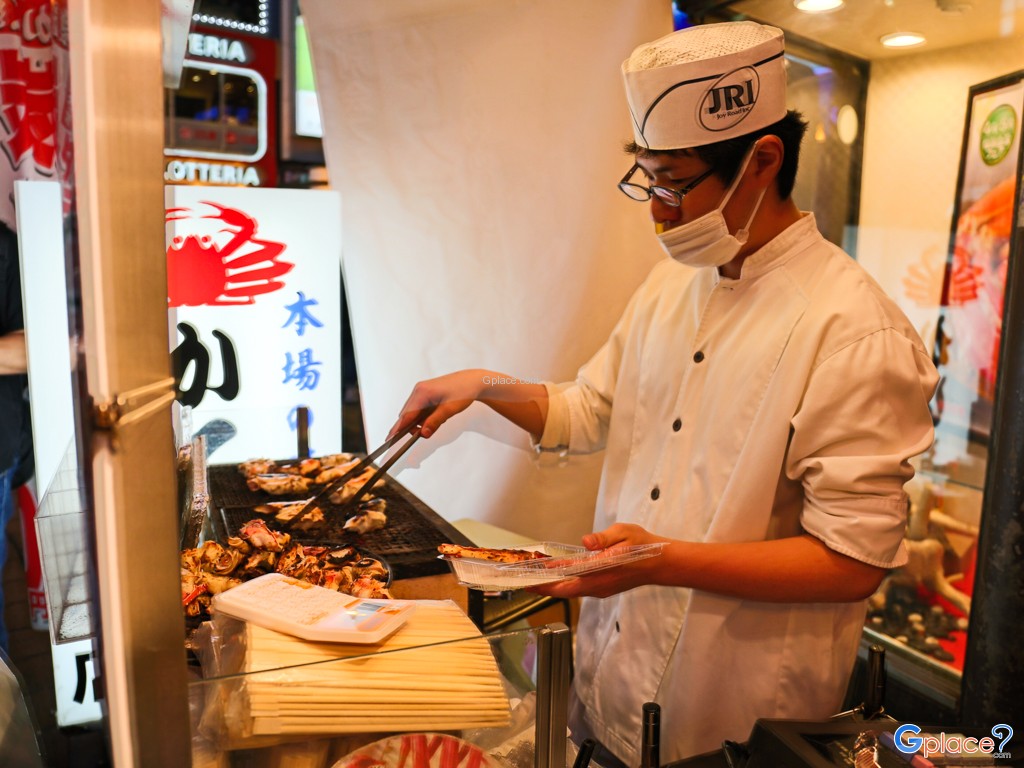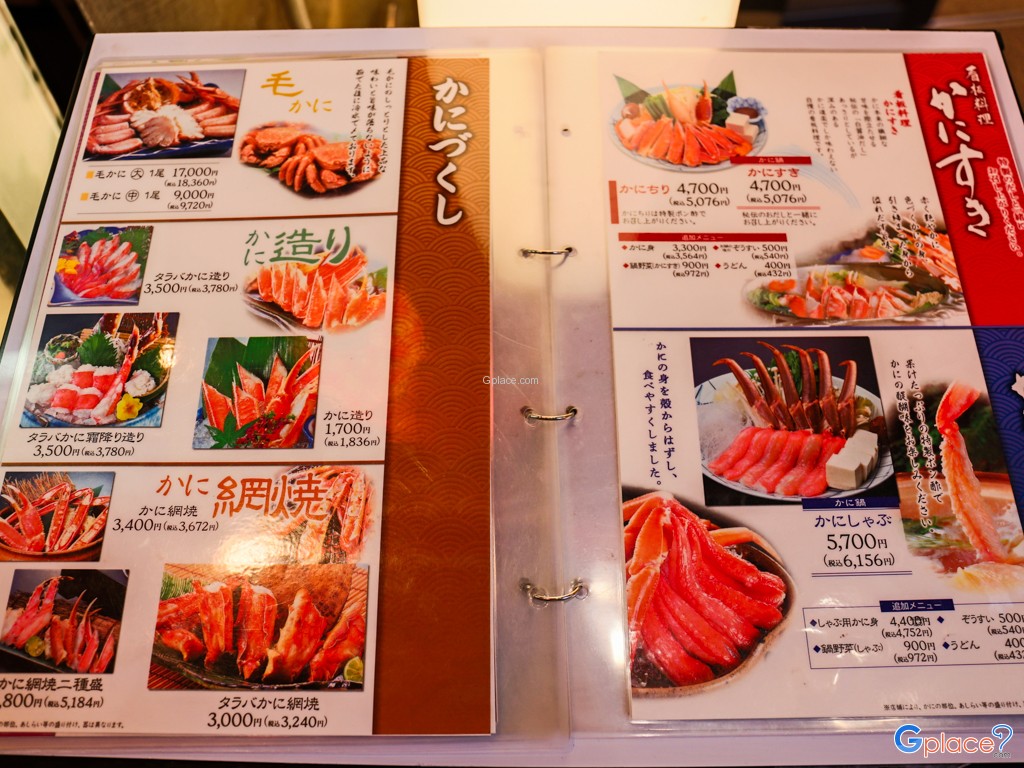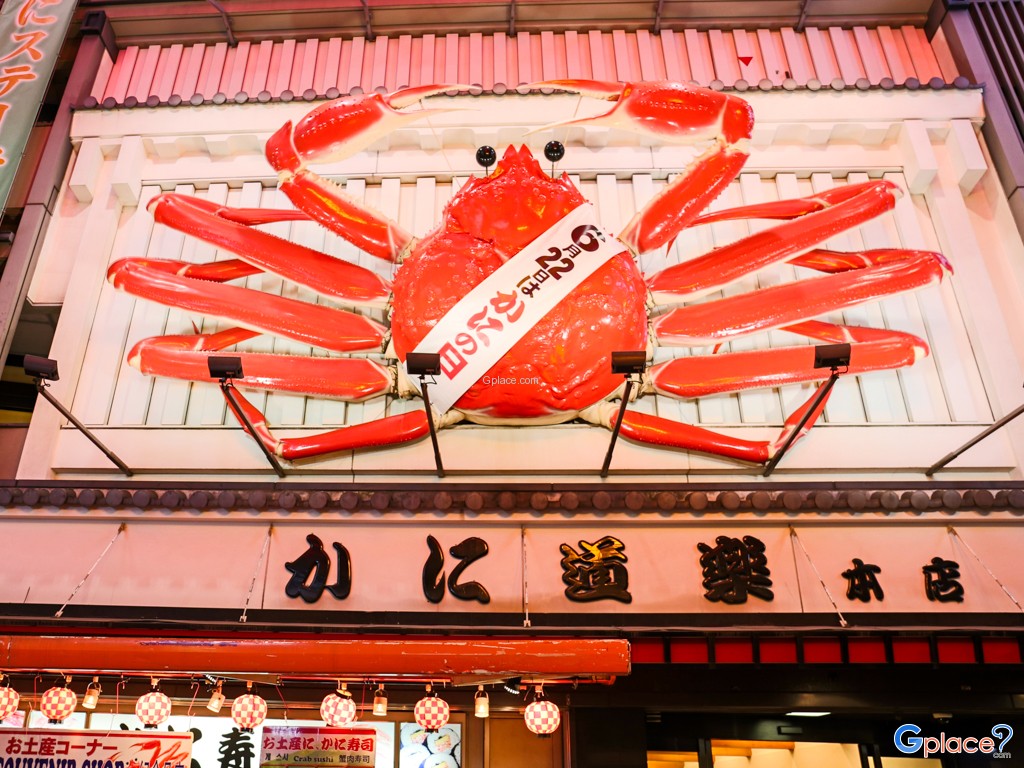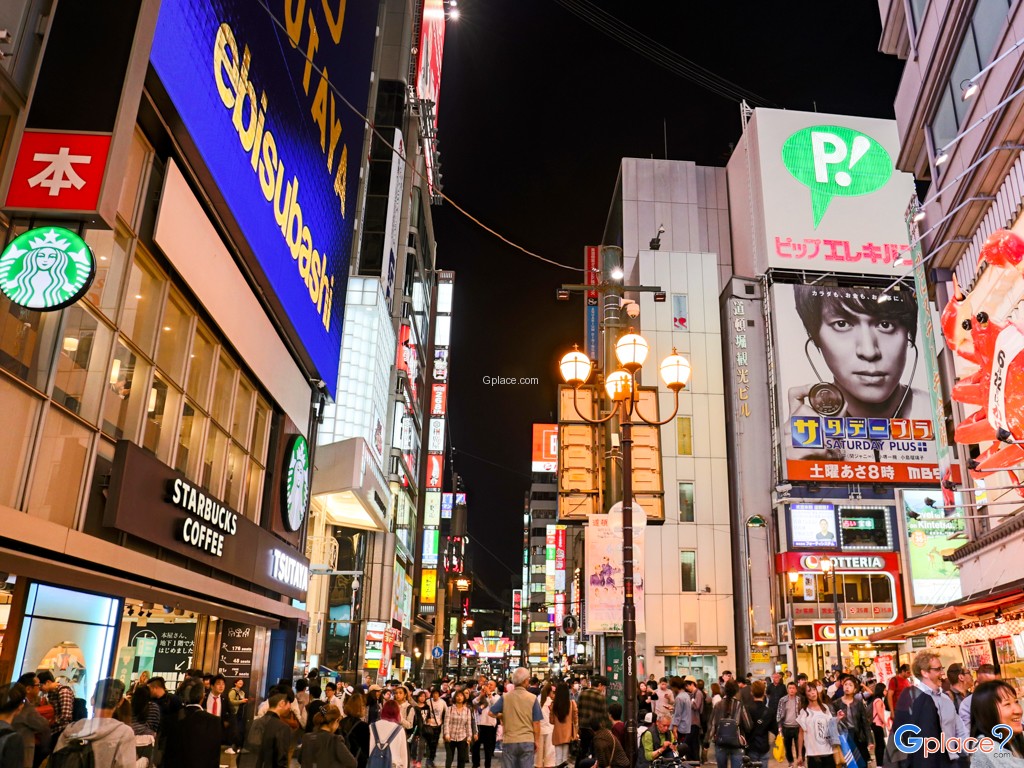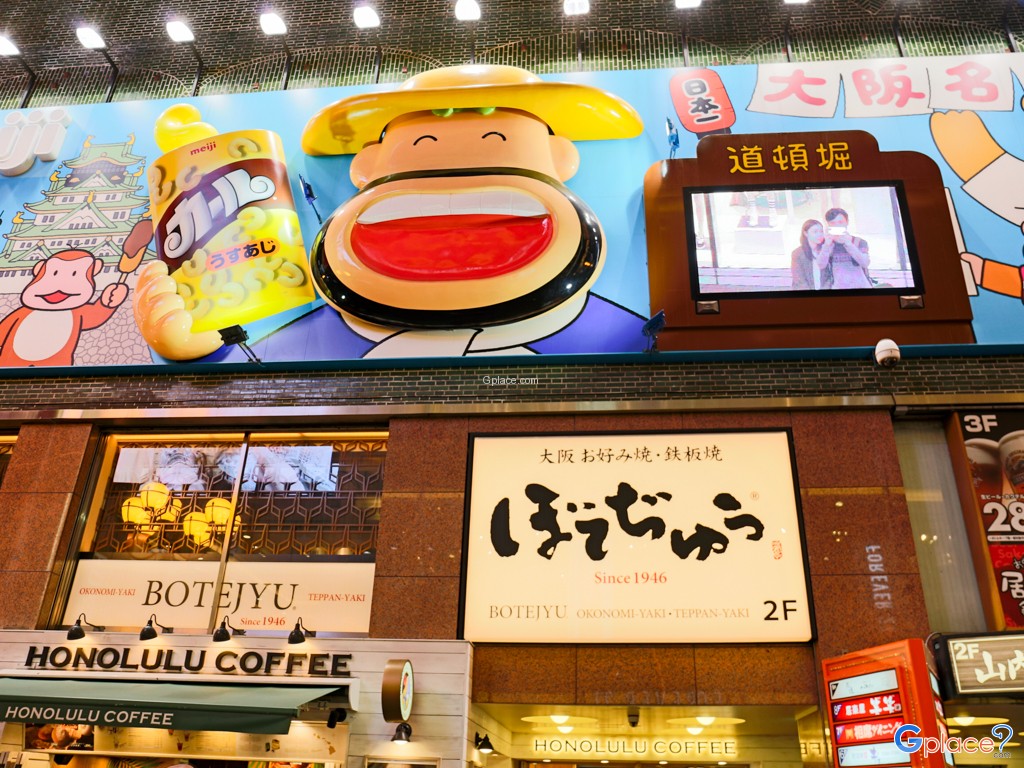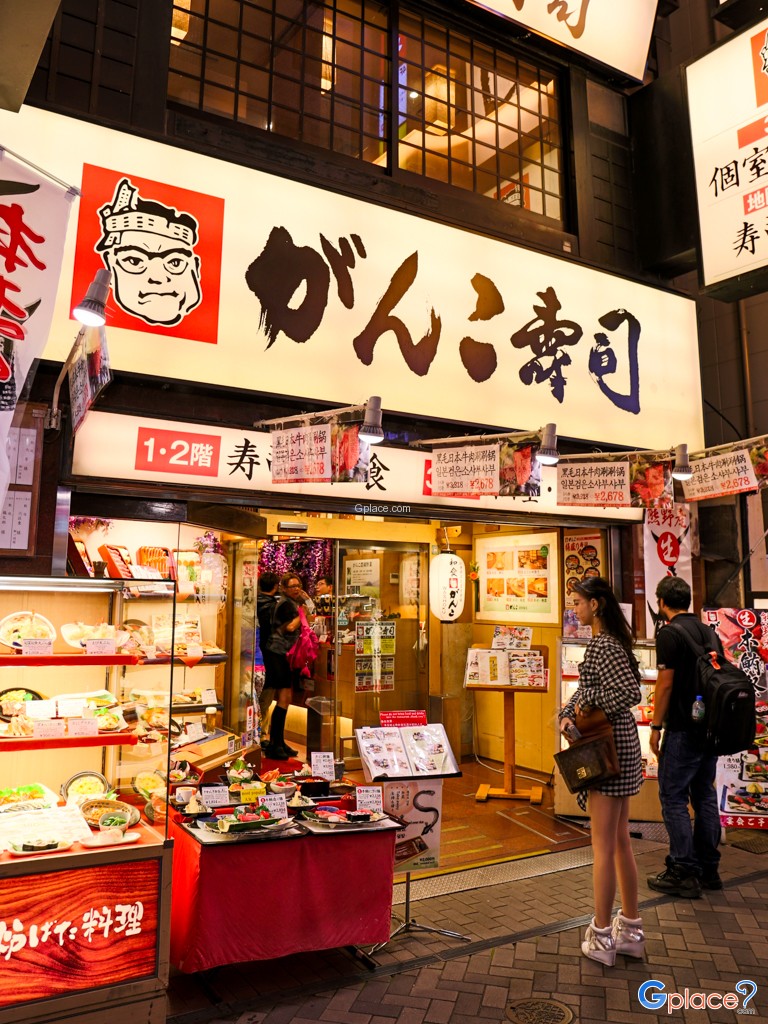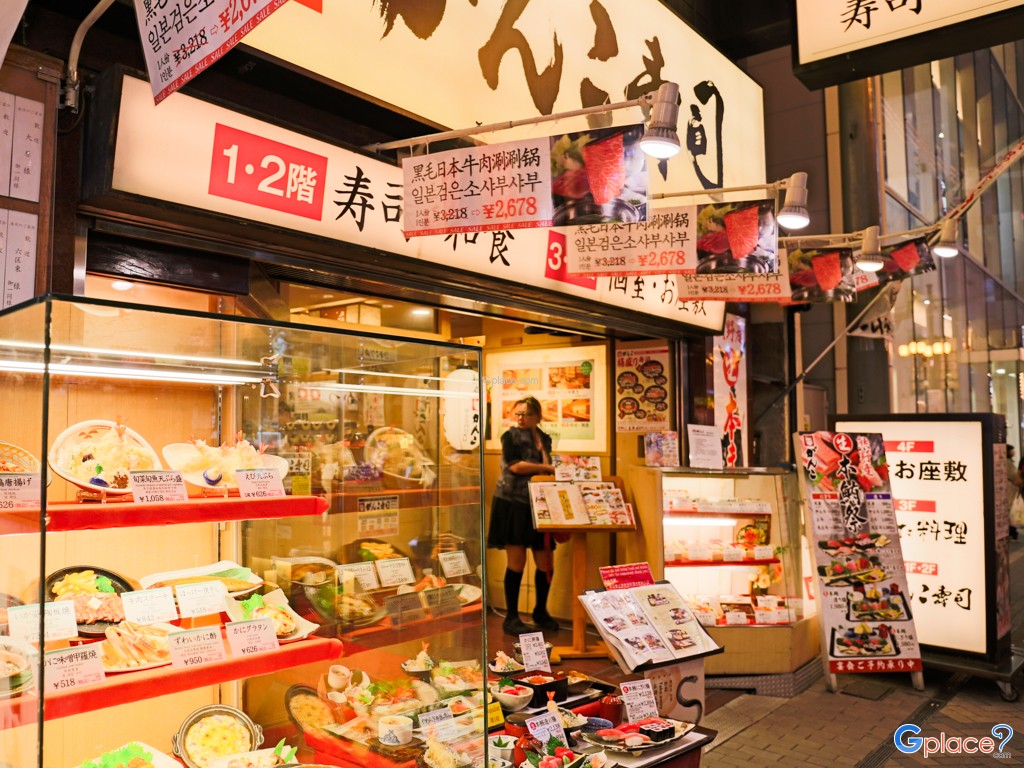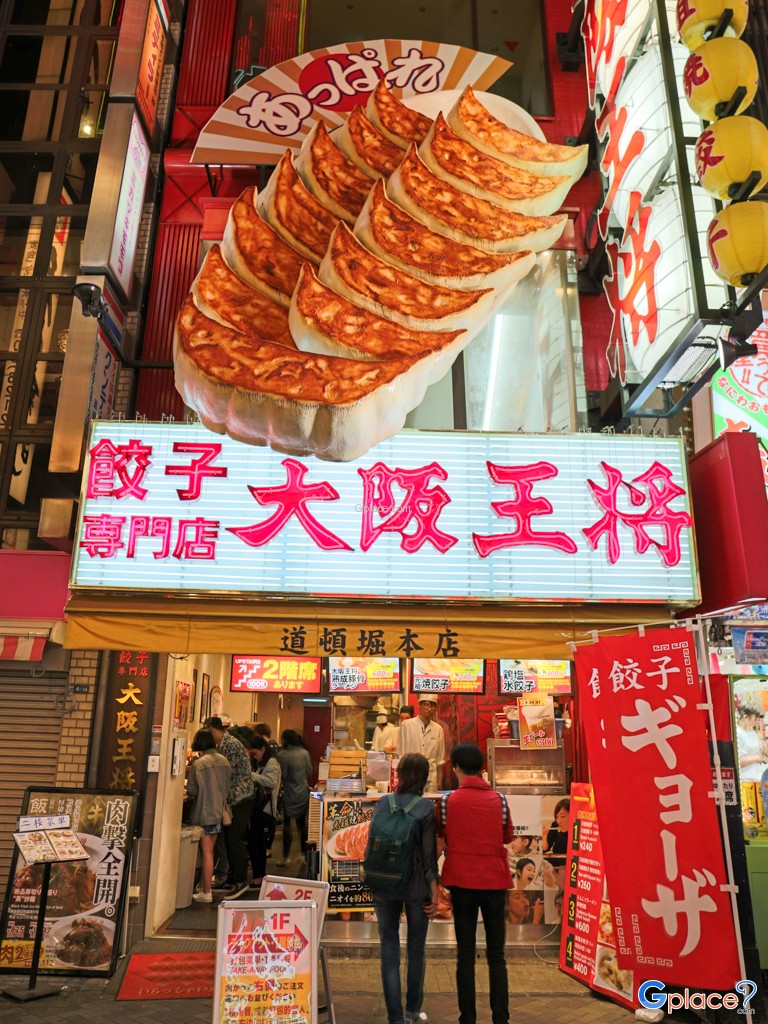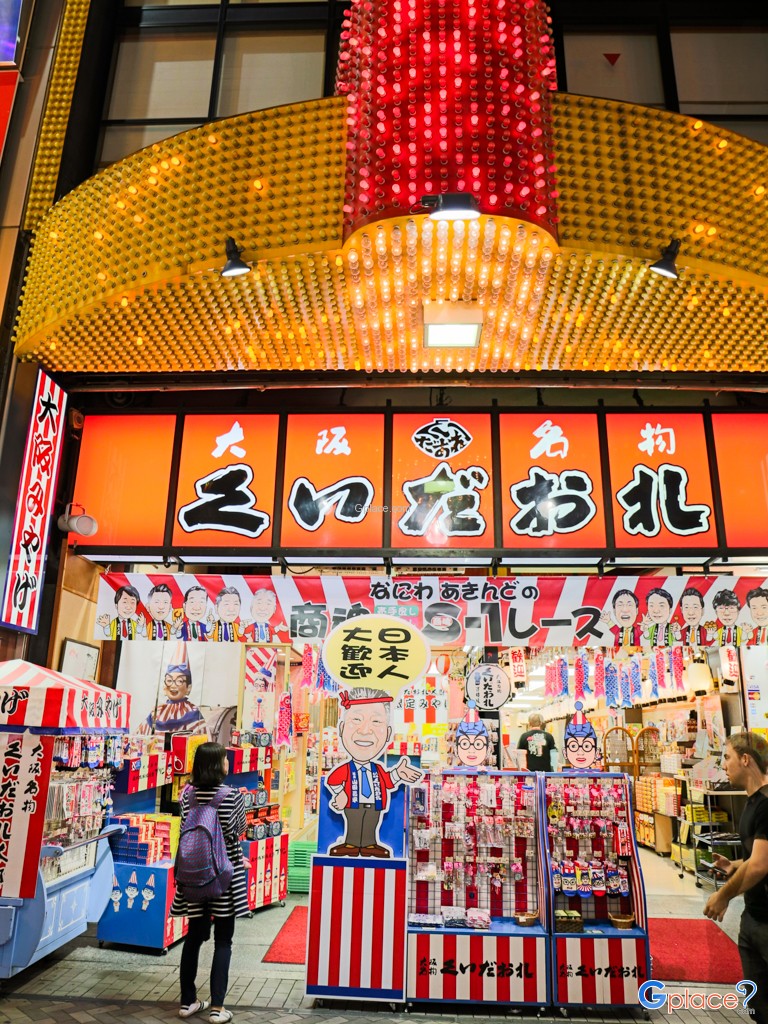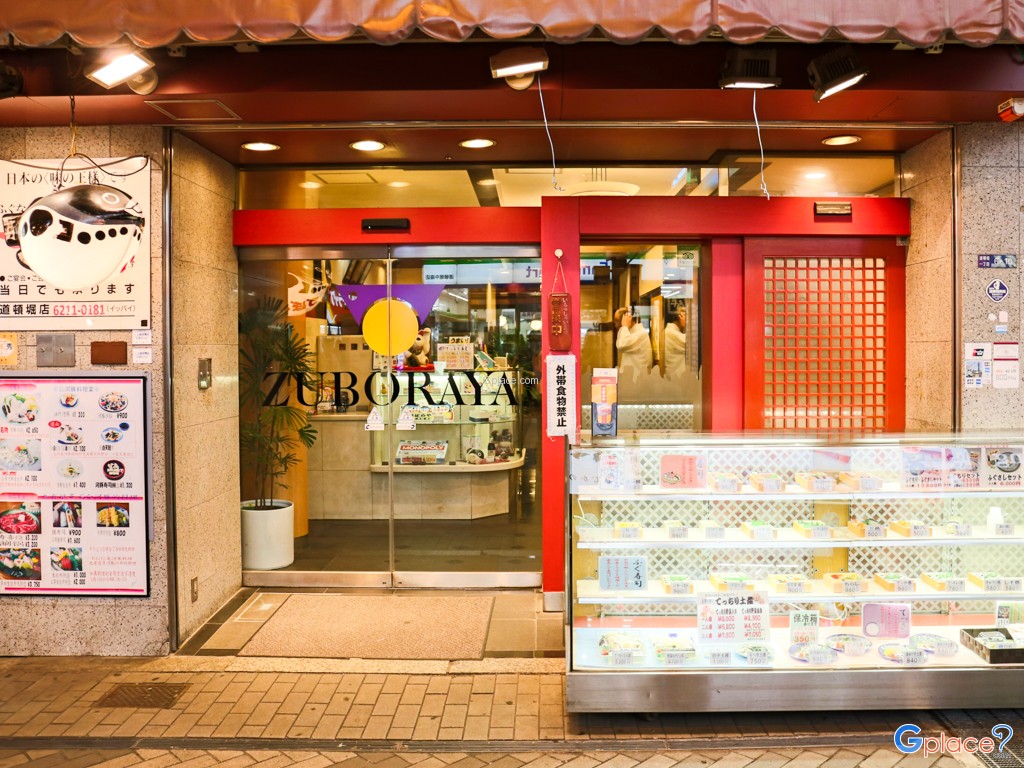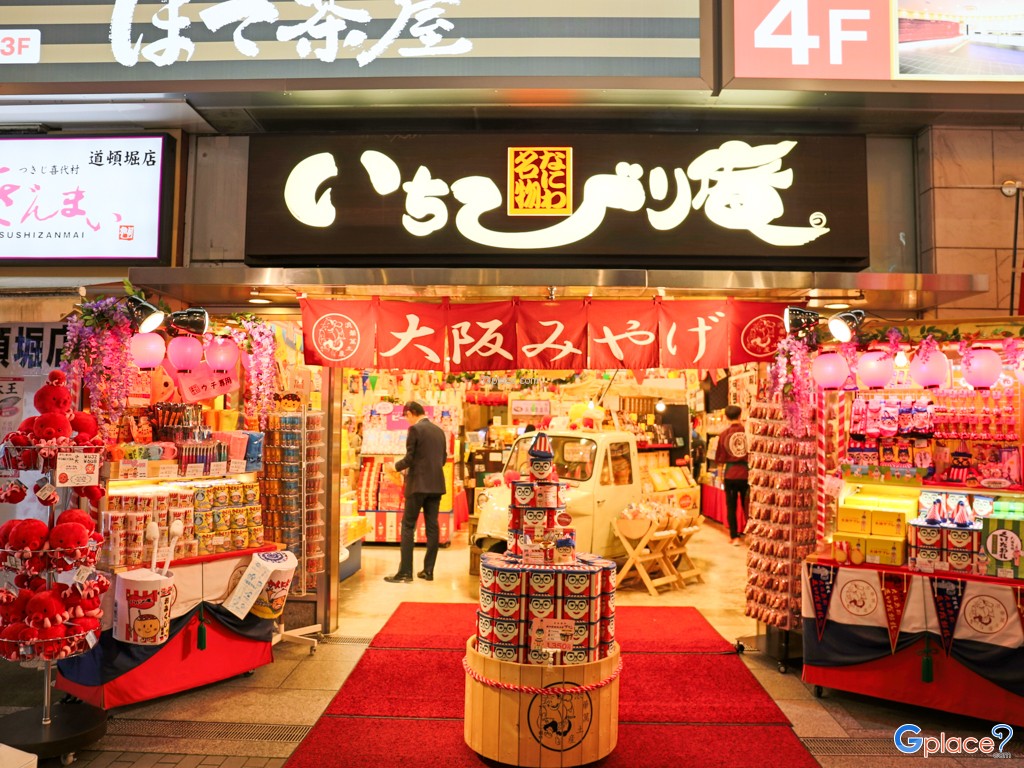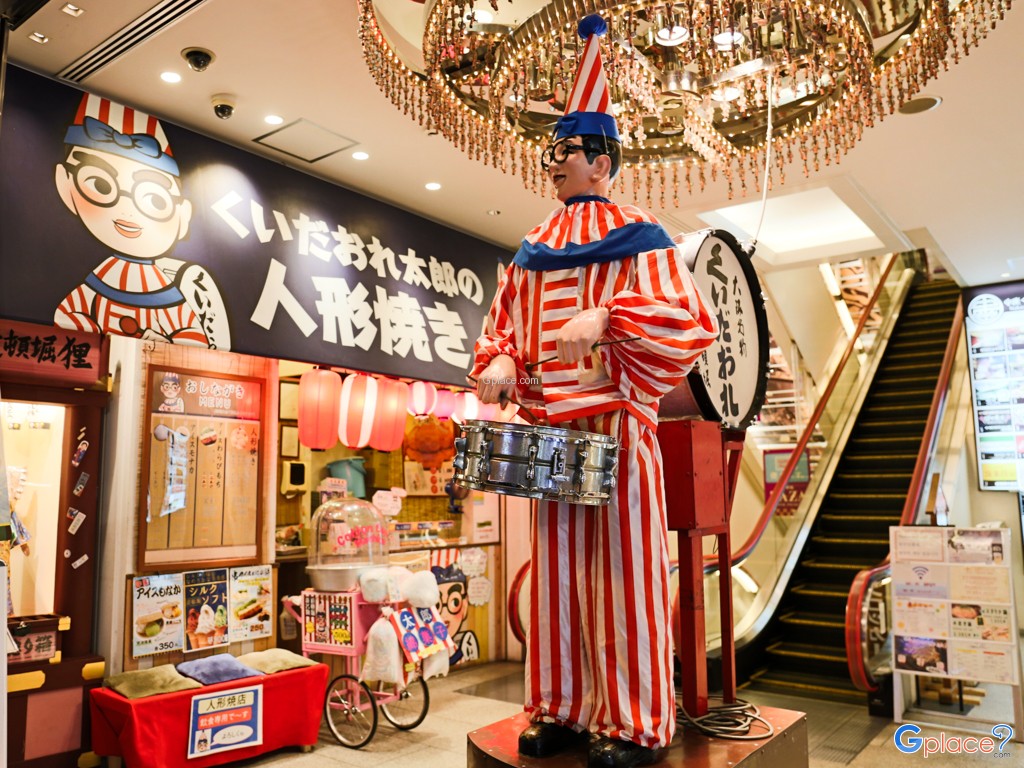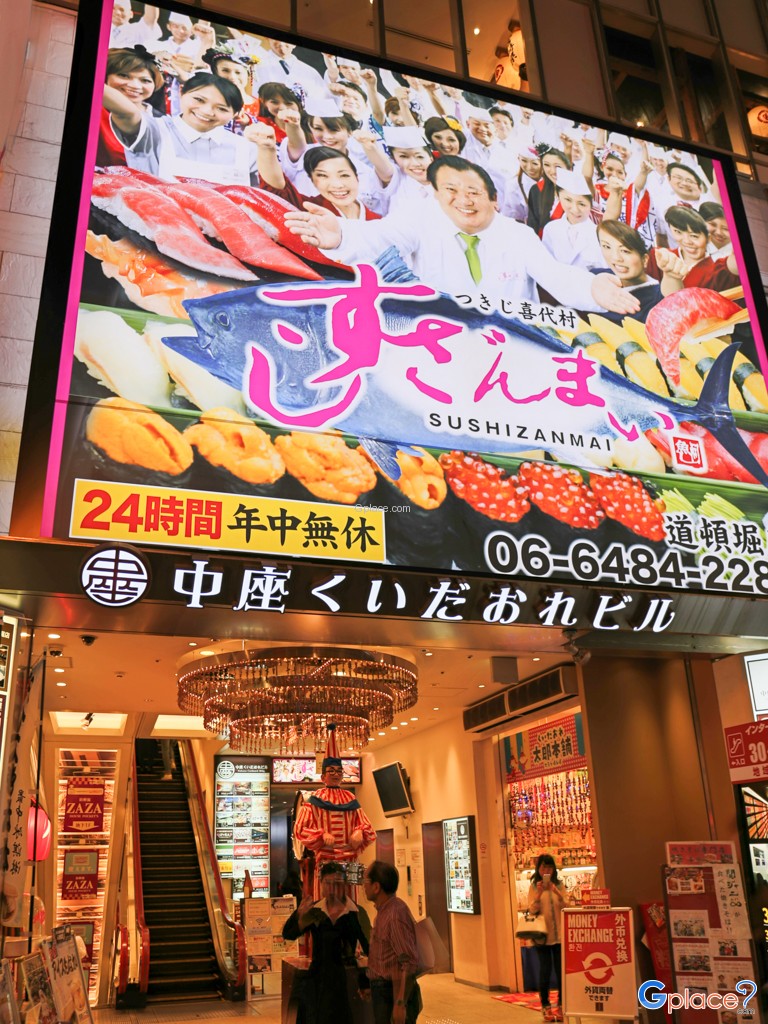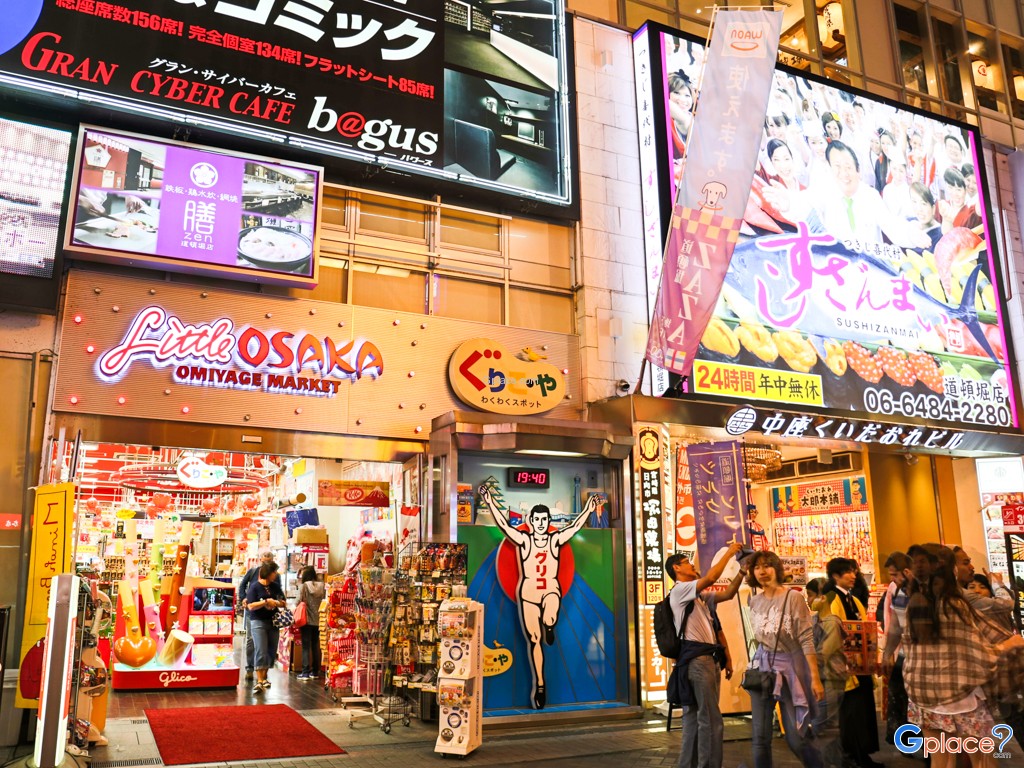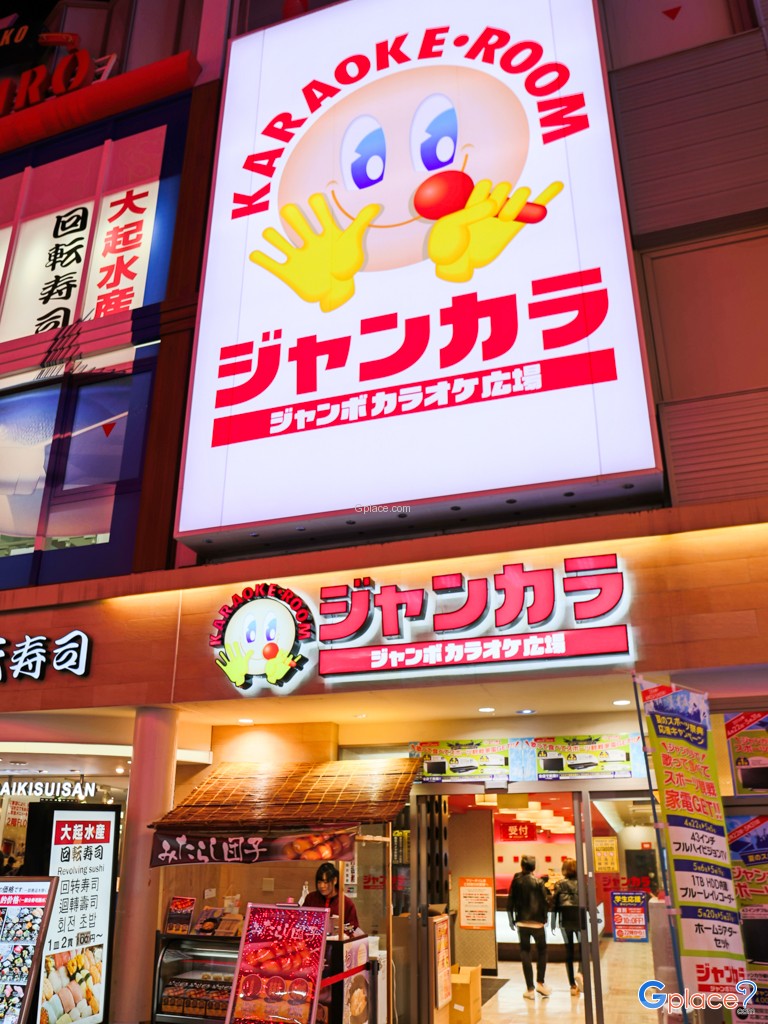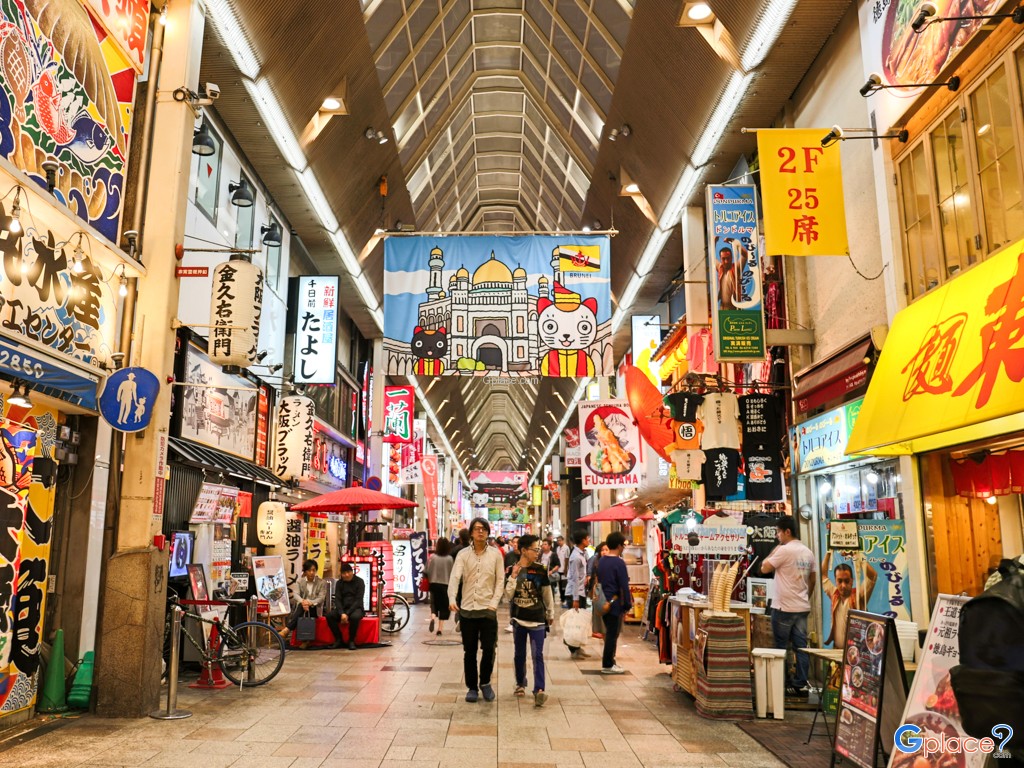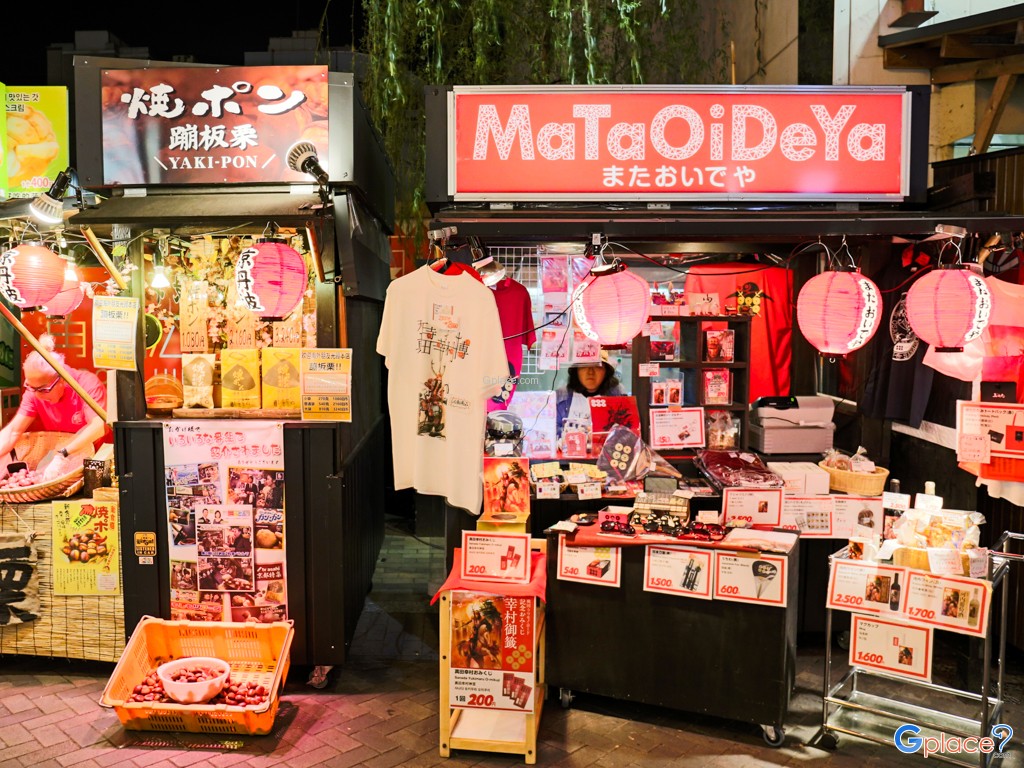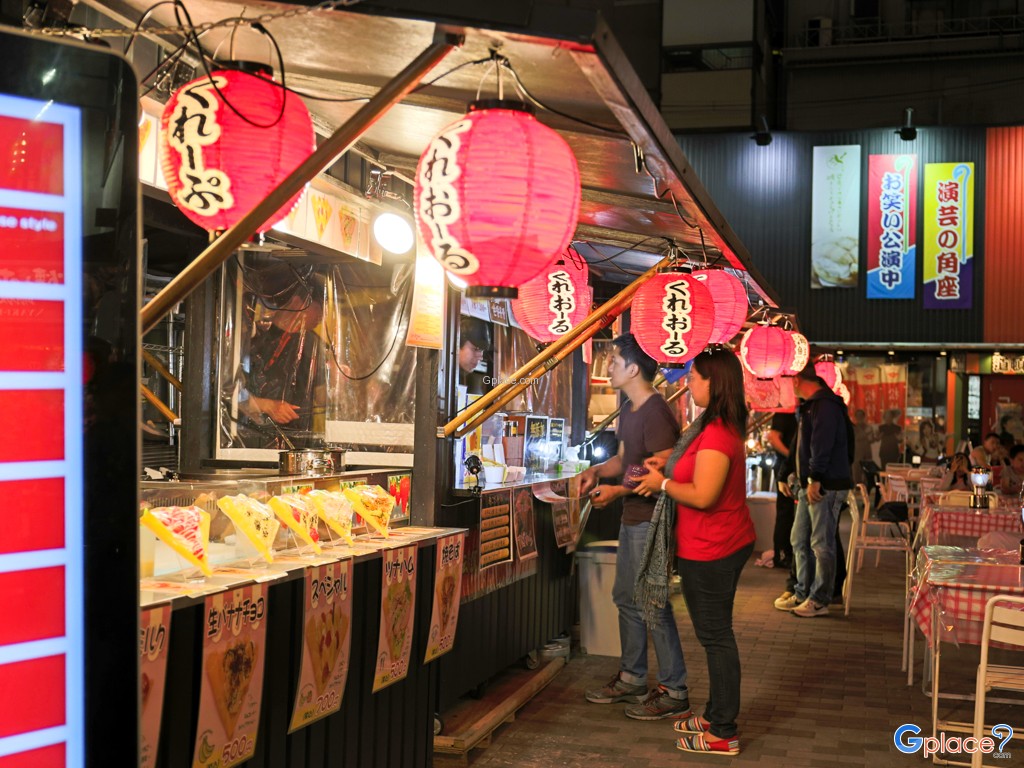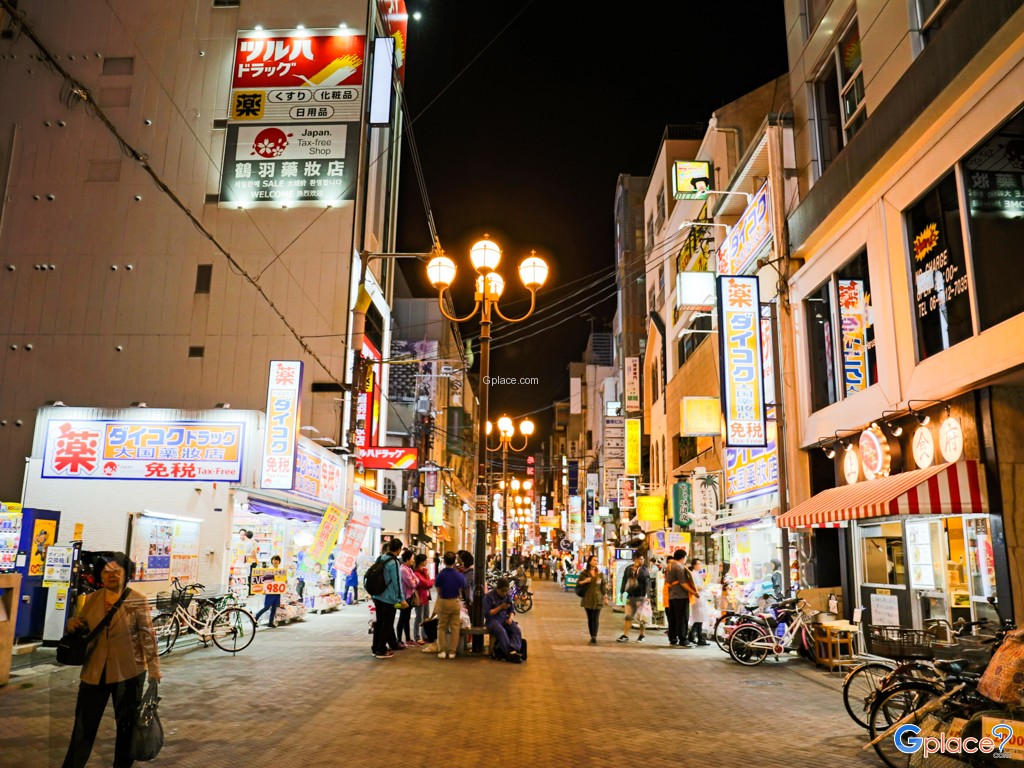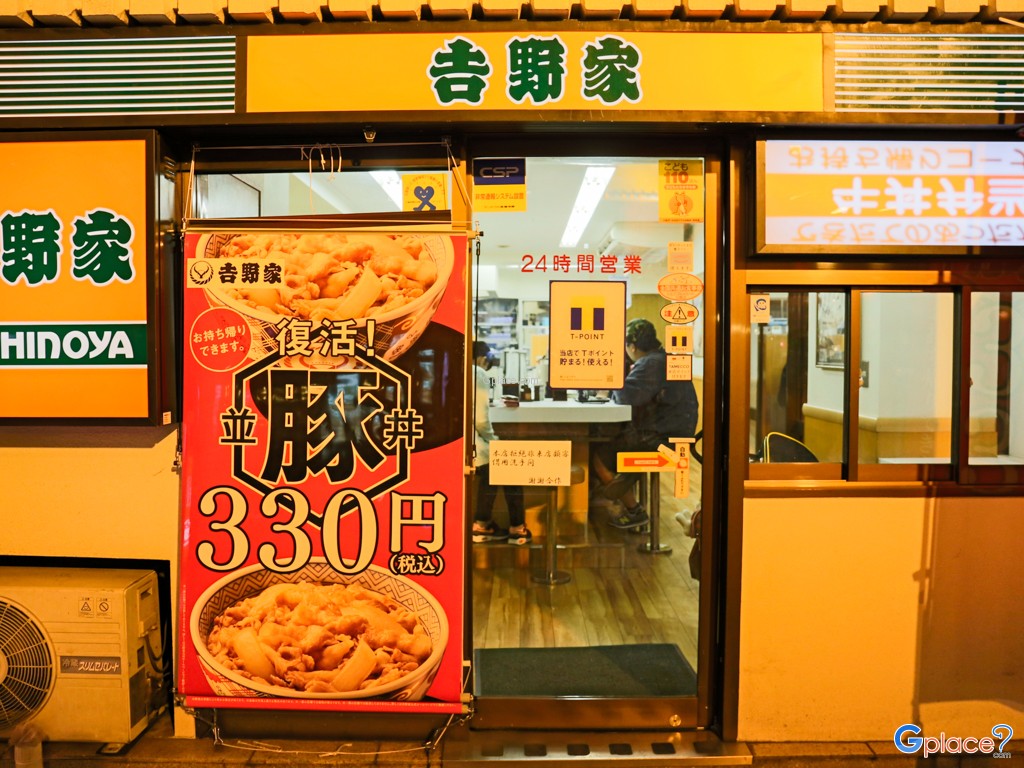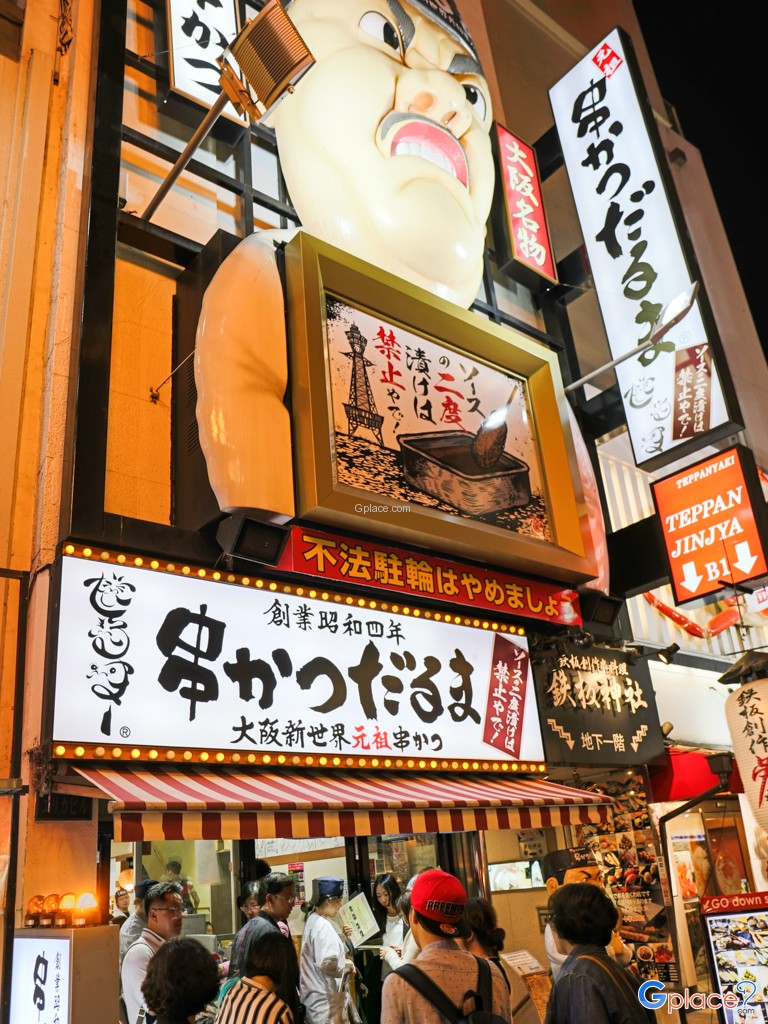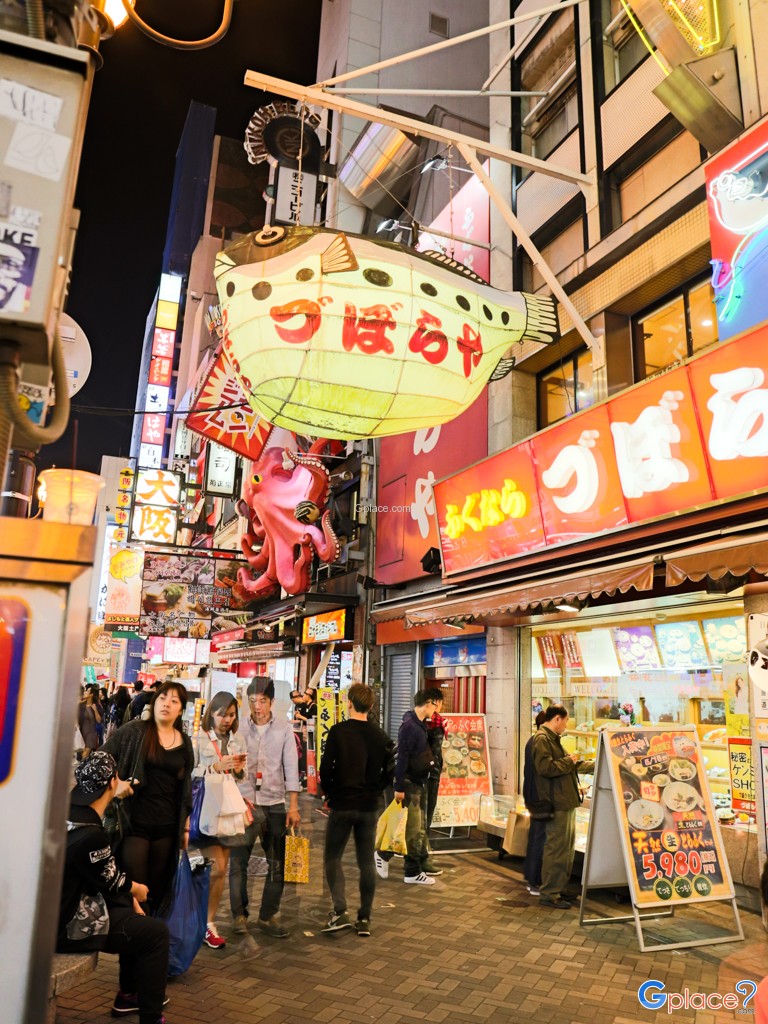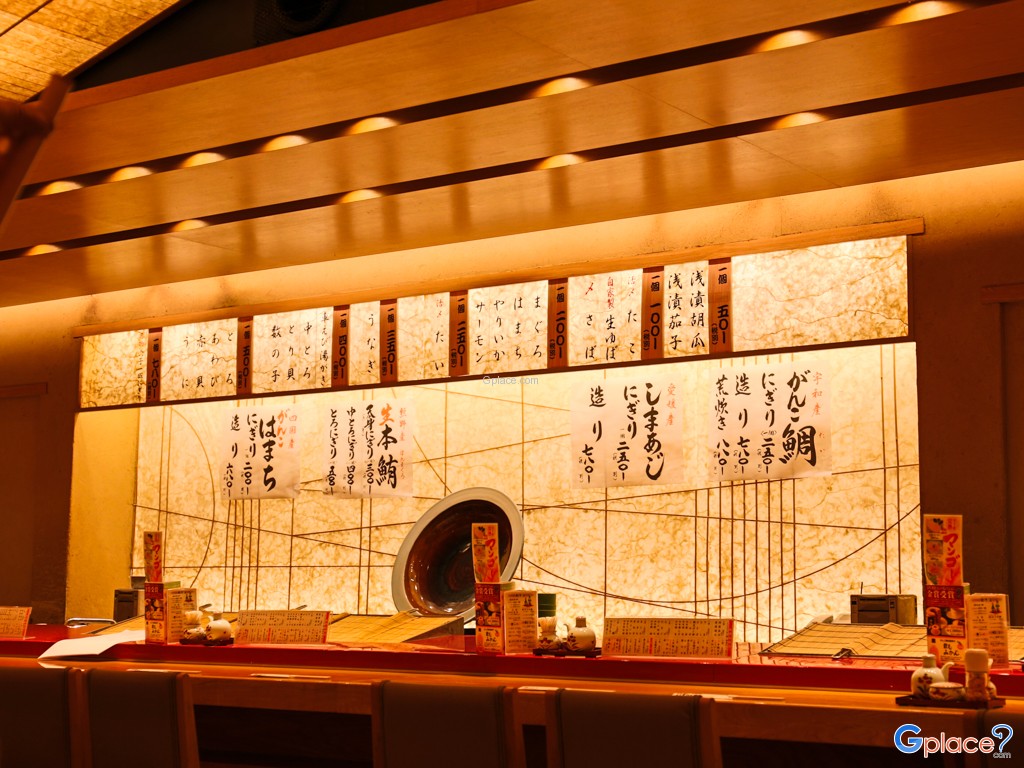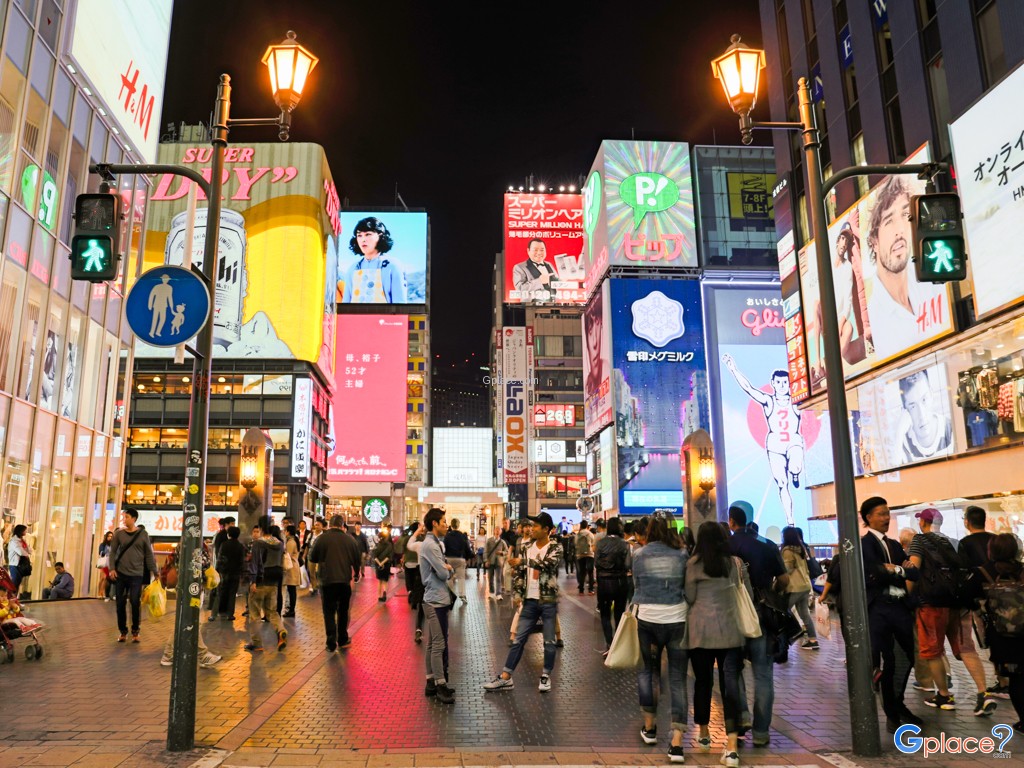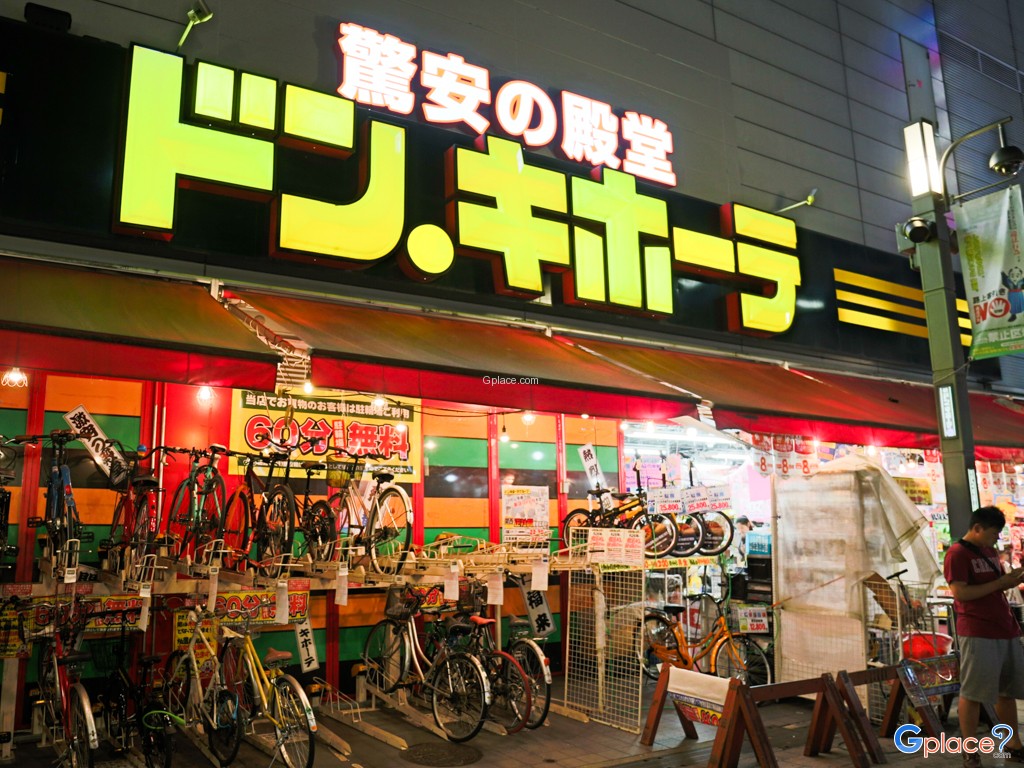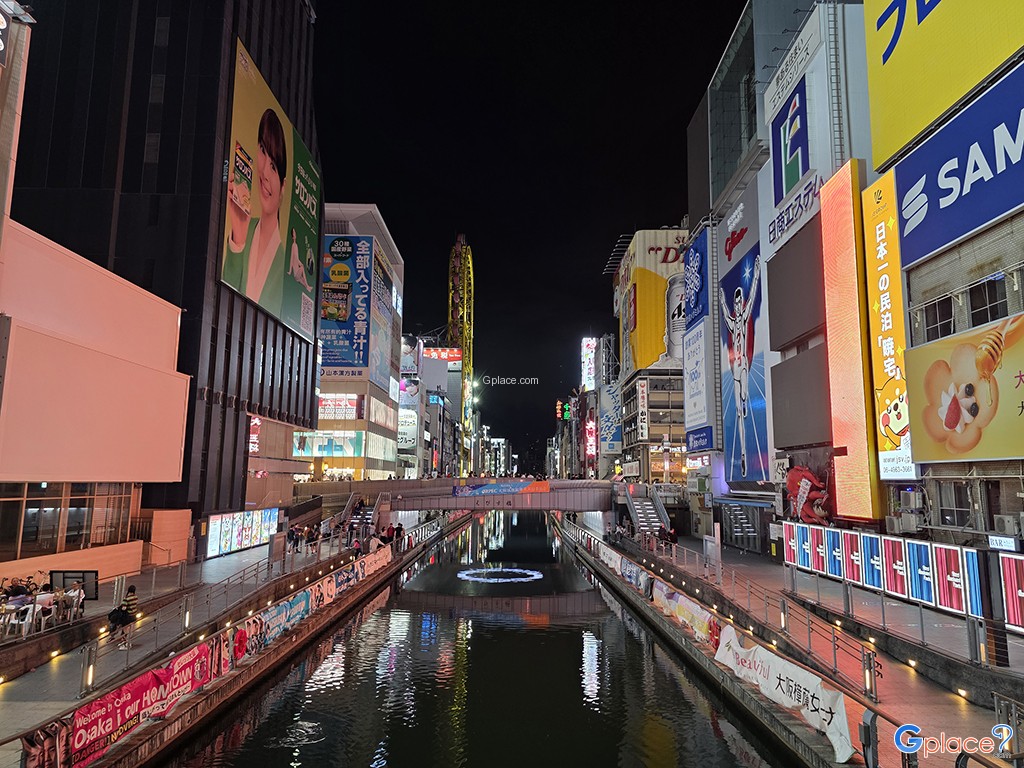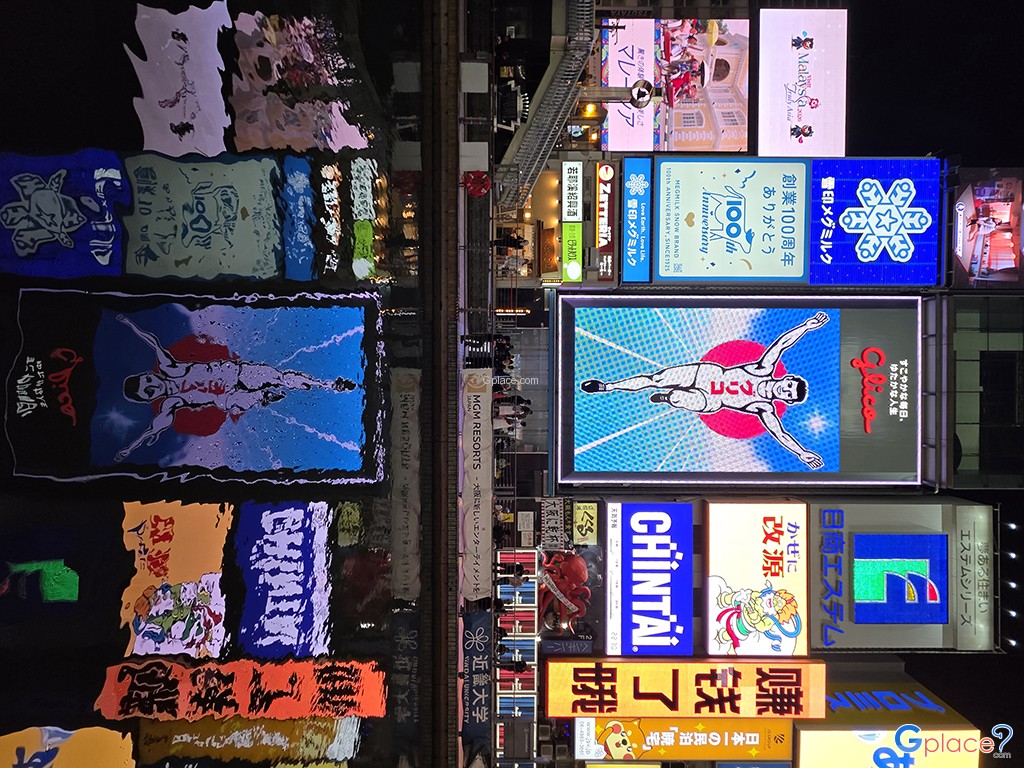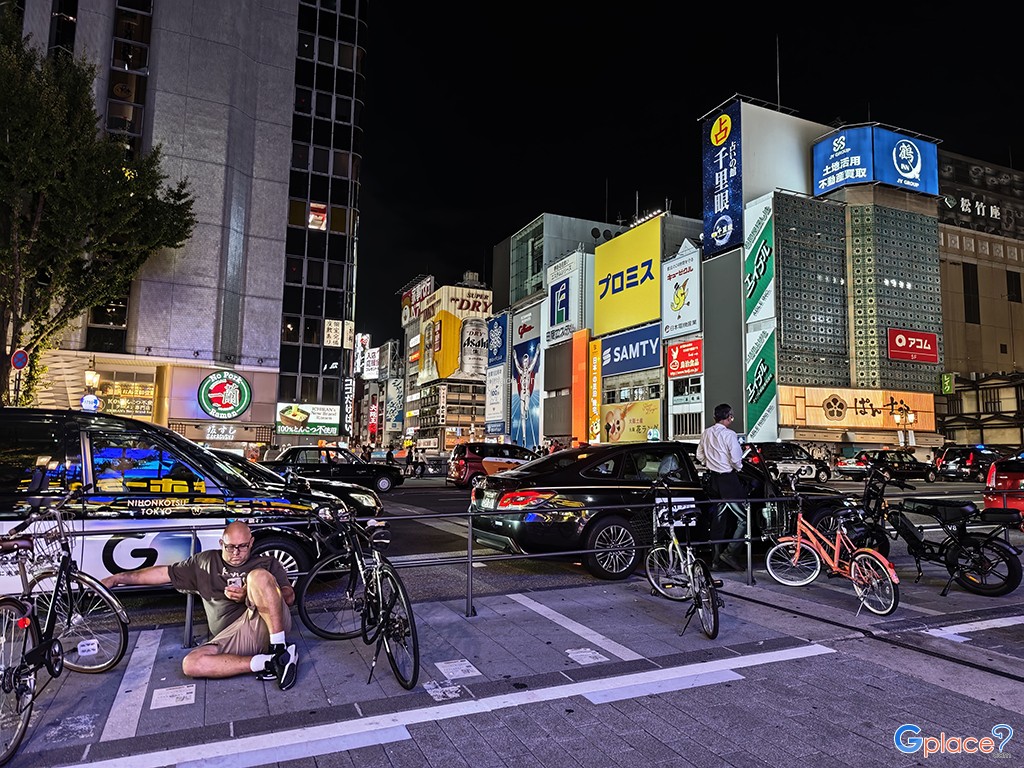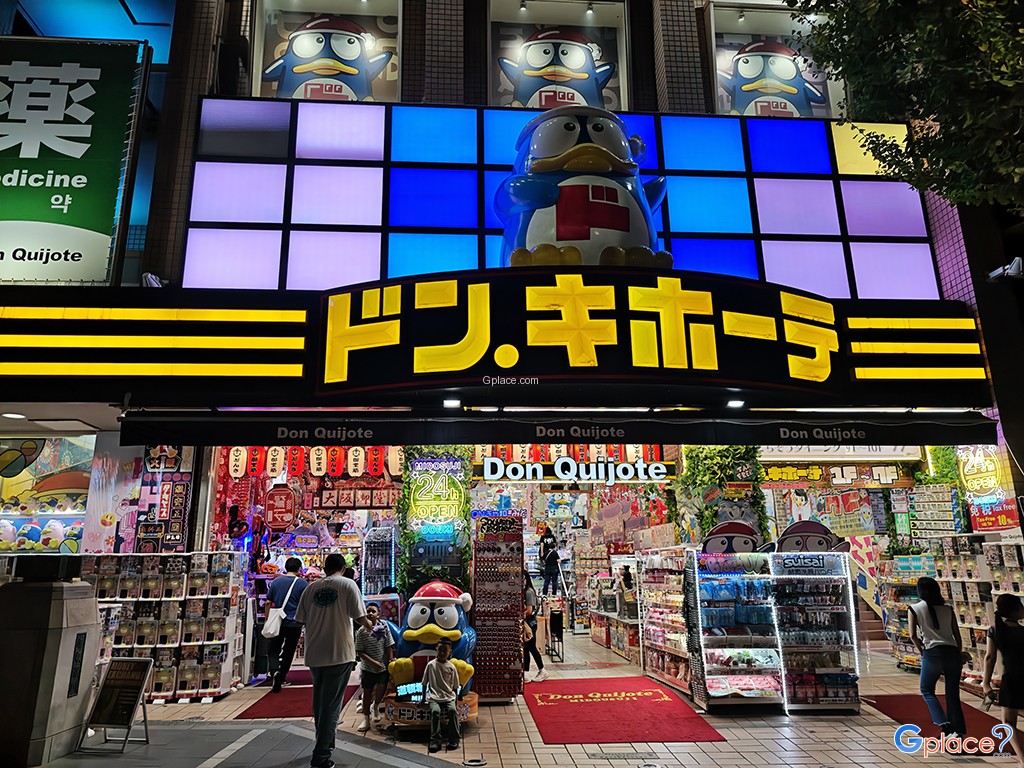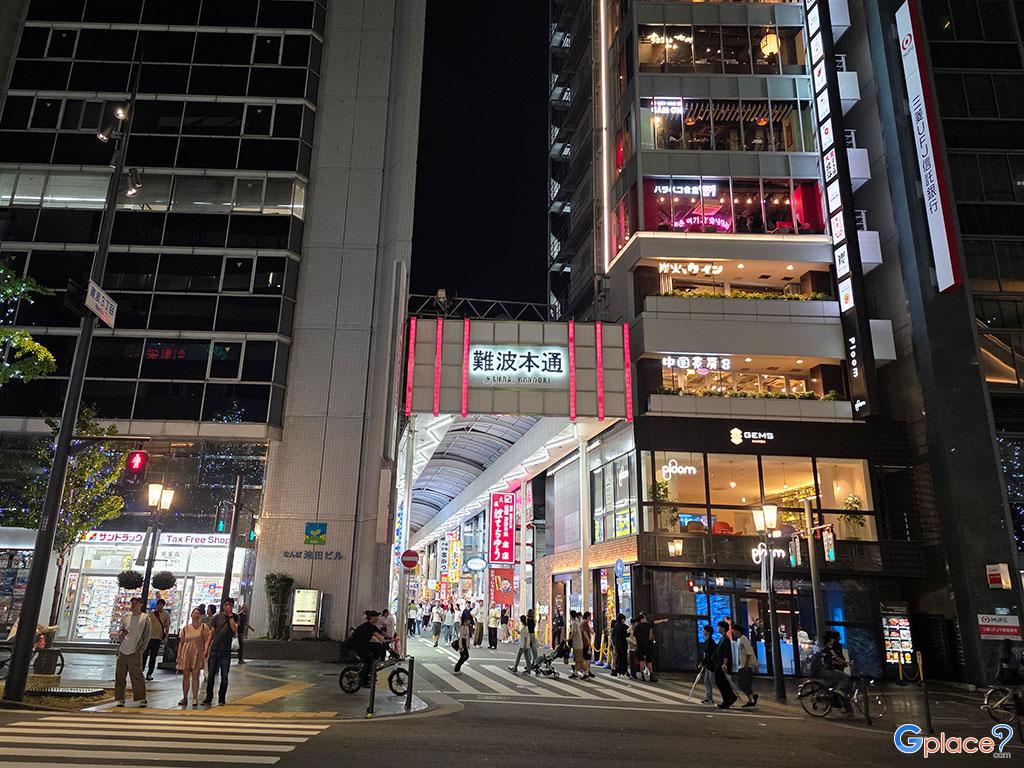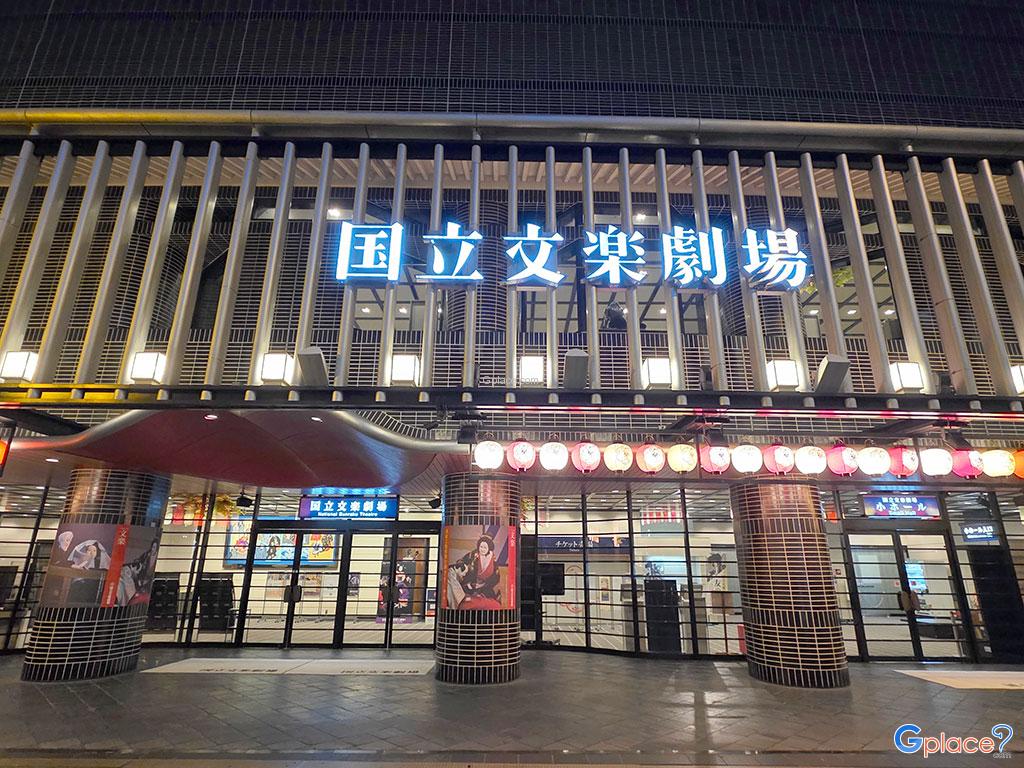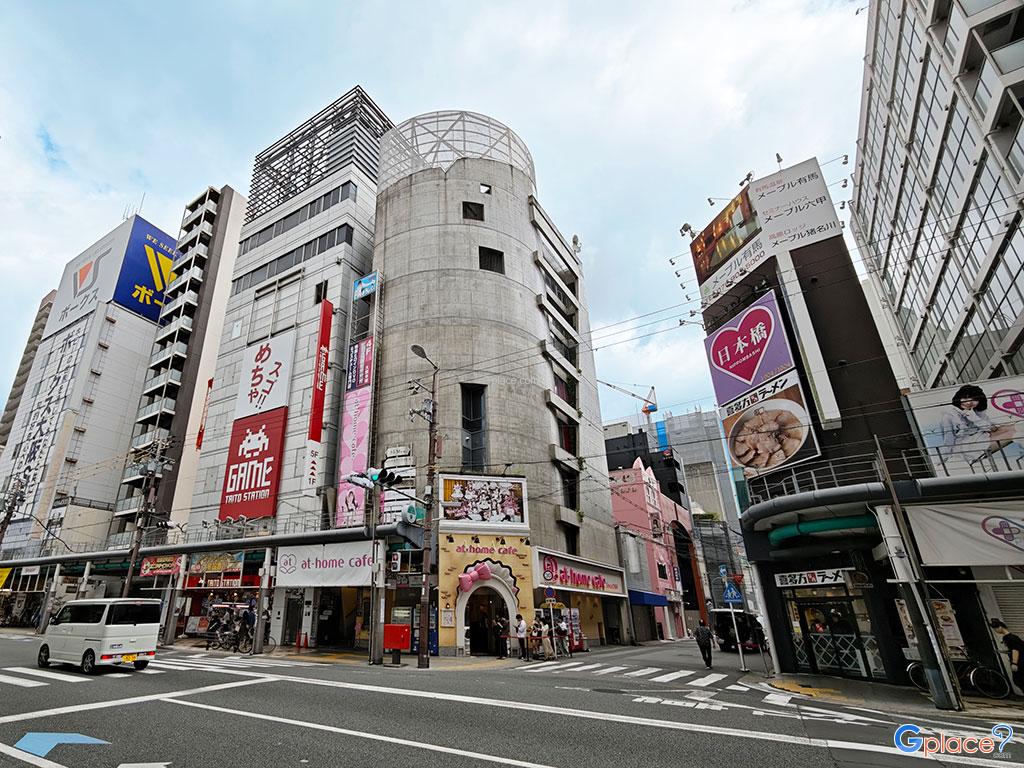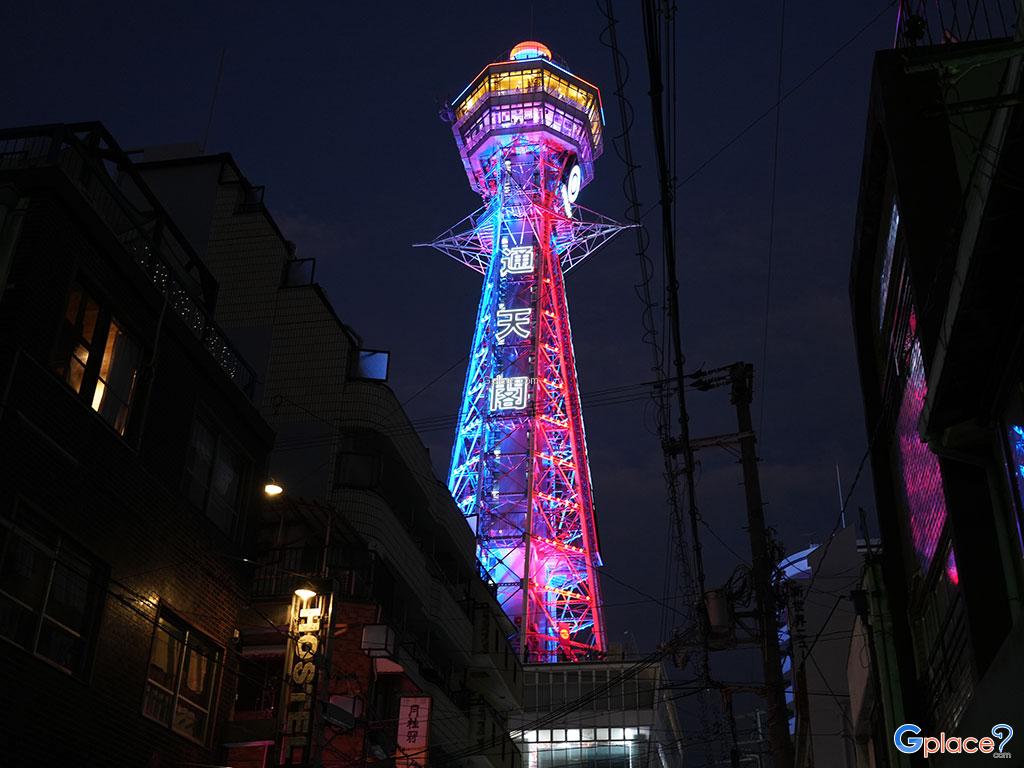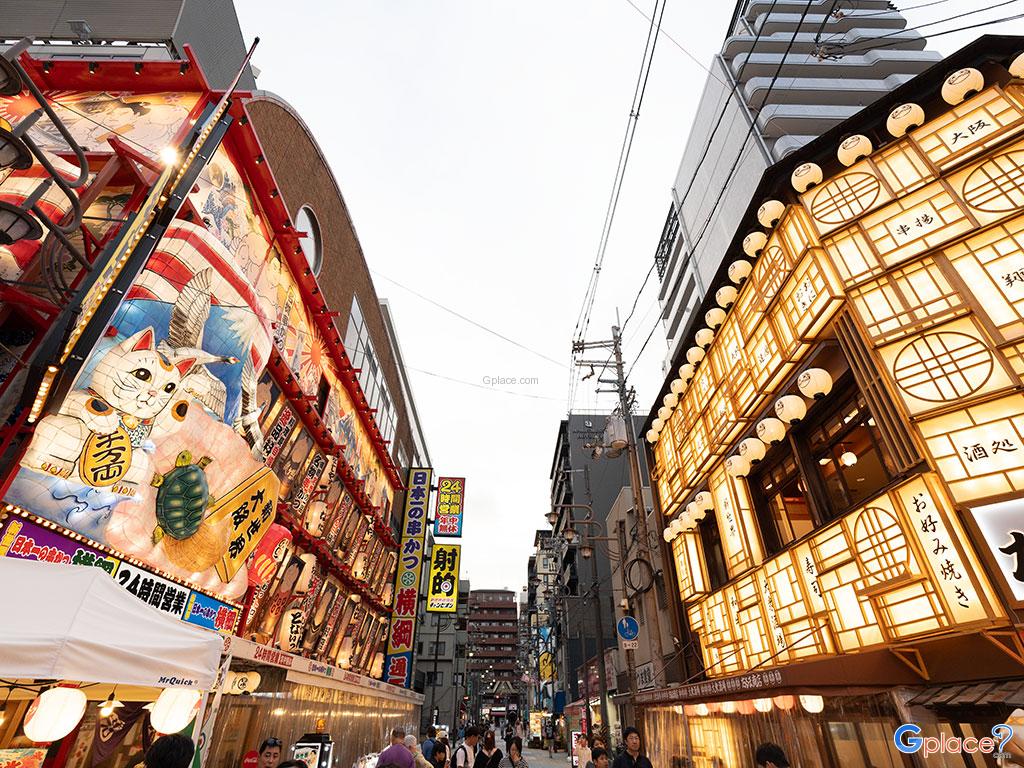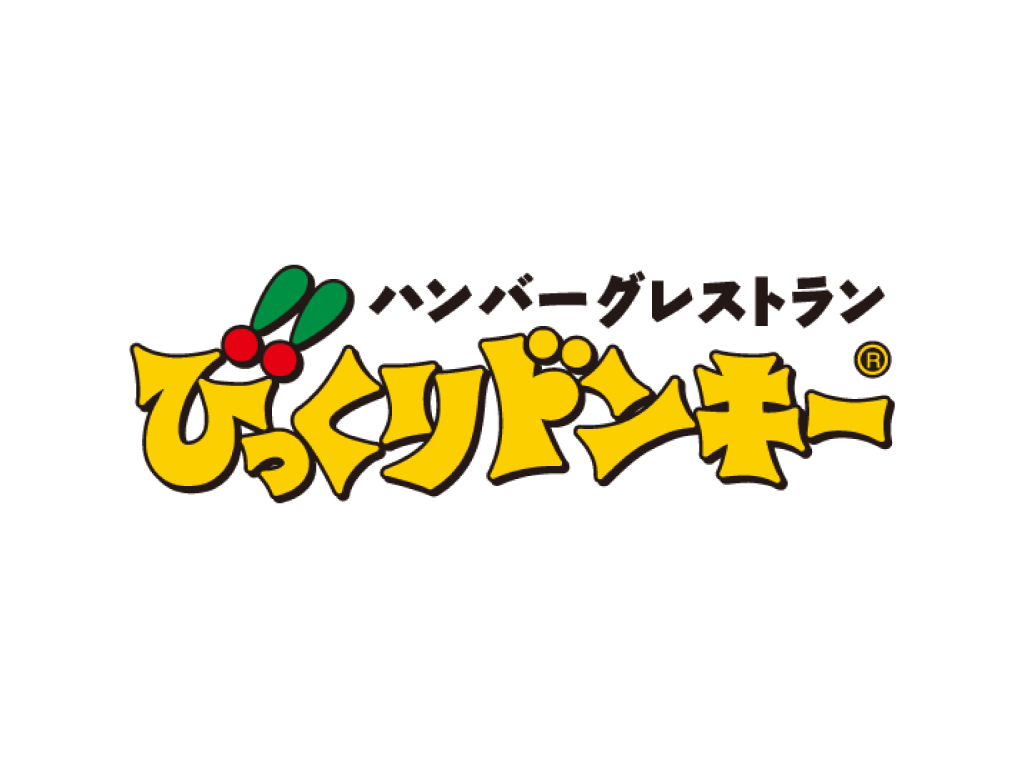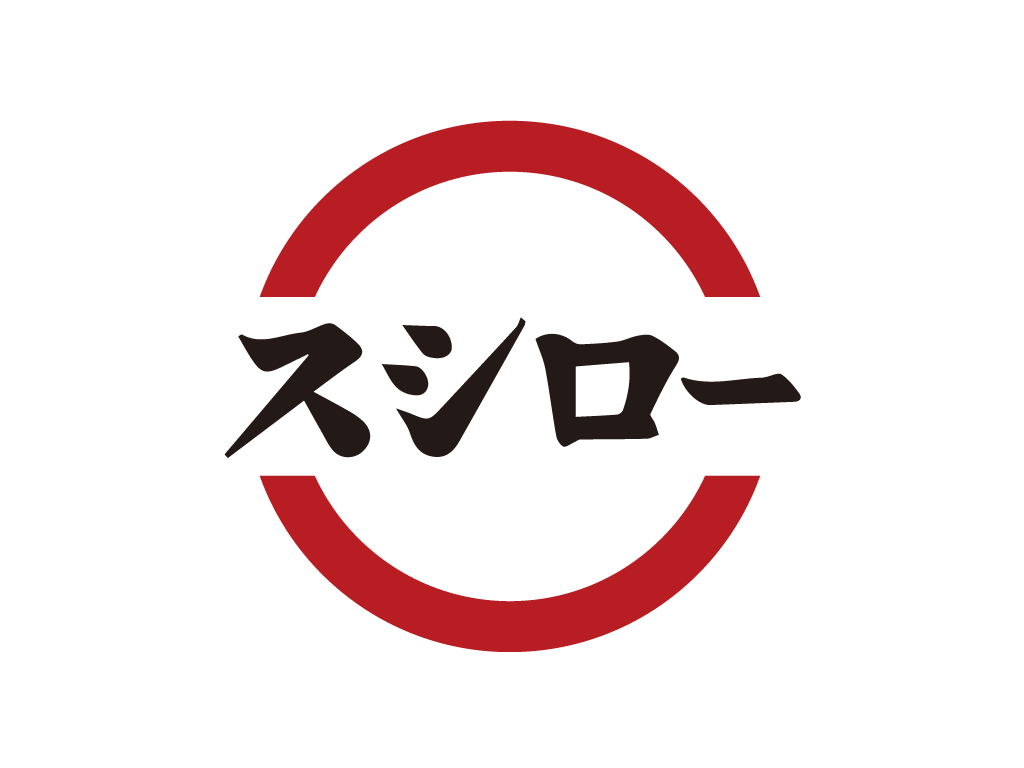“Dotonbori is renowned for its vibrant neon billboards, famous Glico running man sign, diverse culinary delights, and bustling shopping arcades.”
As one of Osaka’s major tourist attractions, Dotonbori is a vibrant and bustling district in Japan known for its lively atmosphere, dazzling neon lights, and diverse culinary scene. This iconic area consists of a single street running parallel to the Dotonbori Canal, stretching from Dotonboribashi Bridge to Nipponbashi Bridge in Osaka’s Namba district. Here are some highlighted photo spots:
-
Glico Neon Billboard: Installed in 1935, this sign for the famous Japanese confectionery company measures 10.38 meters wide and 20 meters high. At night, the illuminated background lights create a dynamic moving image of a runner, making it a beloved landmark.
-
Mechanical Clown Drummer Doll: Originally displayed in front of the Cui-daore store to attract customers since 1950, this mechanical doll remains nearby despite the restaurant’s closure.
-
Giant Mechanical Crab: Standing 6.5 meters wide in front of the Kanidoraku restaurant, this crab can move its arms and eyes. First installed in 1960, it becomes a striking sight after dark.
Tourists can embark on a gastronomic adventure here, sampling an array of local and international cuisines from countless restaurants, food stalls, and izakayas lining the streets. From mouthwatering takoyaki and okonomiyaki to delectable sushi and ramen, there’s something to satisfy every palate.
Dotonbori is also a shopper’s paradise, featuring a wide range of shops, boutiques, and department stores showcasing the latest fashion trends and unique souvenirs. Visitors can explore the bustling Shinsaibashi Shopping Arcade, a lively pedestrian street filled with shops, cafes, and entertainment venues.
A Brief History
Dotonbori has a rich history dating back to 1612, when Yasui Doton, a local merchant, began widening the Umezu River to increase trade by creating a canal connecting tributaries flowing into the Yodo River. Although Doton died in battle during the Siege of Osaka, his grandson completed the canal in 1615. The new lord of Osaka Castle, Tadaki Matsudaira, named the canal and the road alongside it “Dotonbori” (with “bori” meaning canal or moat).
In 1621, the Tokugawa shogunate redesigned Osaka, establishing Dotonbori as its entertainment district. By 1662, Kabuki and Bunraku theaters, as well as the unique Takeda Karakuri puppet theater, were operating alongside restaurants and cafes catering to tourists and nightlife seekers. Unfortunately, these theaters were destroyed during World War II and no longer exist.
How to Get There
-
From Osaka Station City, take the Midosuji Line at Umeda Station (M16) to Namba Station (M20), about 17 minutes and 5 kilometers. From Namba Station, walk approximately 600 meters to the Glico sign.
-
Dotonbori is also a five-minute walk from JR Namba Station on the Yamatoji Line.
Travel Tips
-
Visit at night to experience the full brilliance of the neon lights, especially the Glico sign illuminated from 18:00 to 24:00.
-
Try popular local dishes such as takoyaki and okonomiyaki at street stalls.
-
Explore nearby shopping areas like Shinsaibashi for fashion and souvenirs.
-
Wear comfortable shoes as the area is best explored on foot.
Admission Fee:
- Free to explore; food and shopping prices vary.
Opening Hours:
- Open 24 hours for walking and sightseeing; neon signs illuminated from 18:00 to 24:00.

















